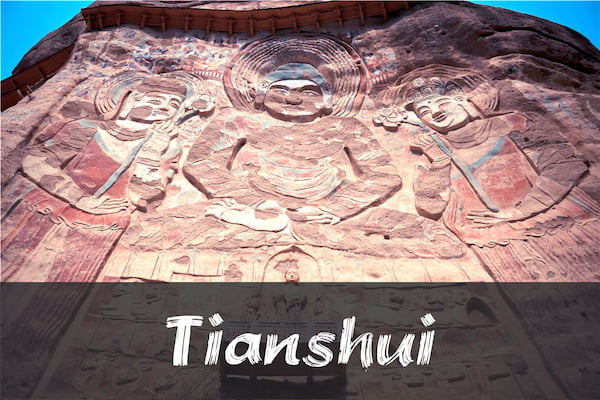
For travelers, there are two important sections in Gansu Province, the Hexi Corridor, where the Han culture and western regions’ culture met and melted in the Silk Road period; and Gannan Tibetan Autonomous Prefecture, where you can find many Tibetan-style monasteries, such as Labrang Monastery, Milarepa Buddha Pavilion, and Langmu Monastery.
Along the Hexi Corridor, Buddhism entered China from ancient India. You can find many Buddist temples and grottoes in this area, such as Unesco sites Mogao Grottoes and Maijishan Grottoes.
There are two popular travel routes in this province, the Silk Road route, traveling from Xi’an to Tianshui, Lanzhou, Wuwei, Zhangye, Jiayuguan, Dunhuang; and the Amdo Tibetan route, from Lanzhou going south to Gannan Area, Xiahe, Hezuo, and Langmusi to have an even more authentic Tibetan experience than Tibet.
— CHINA A LA CARTE









